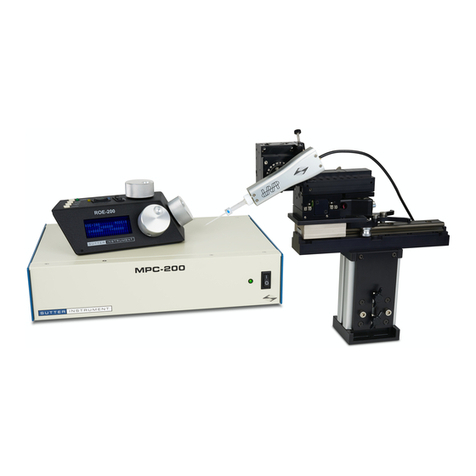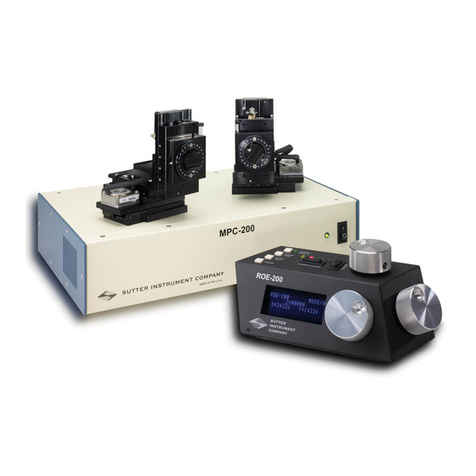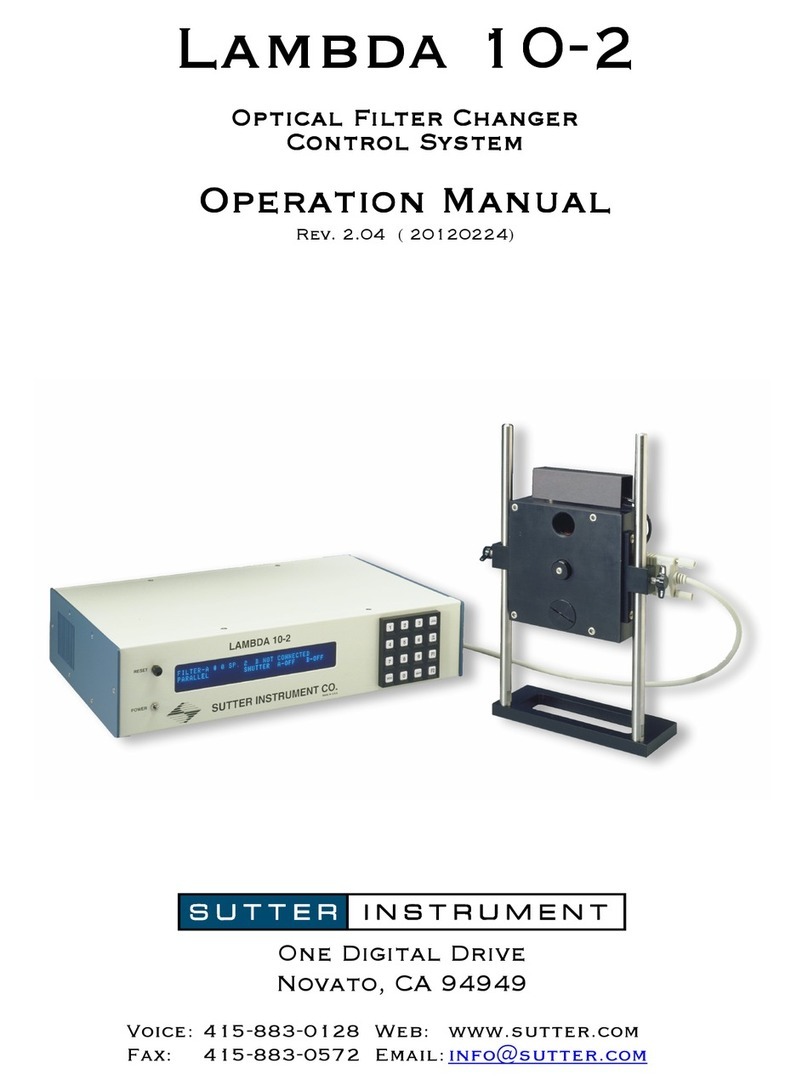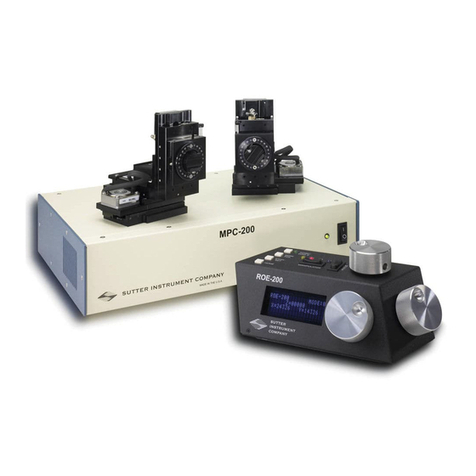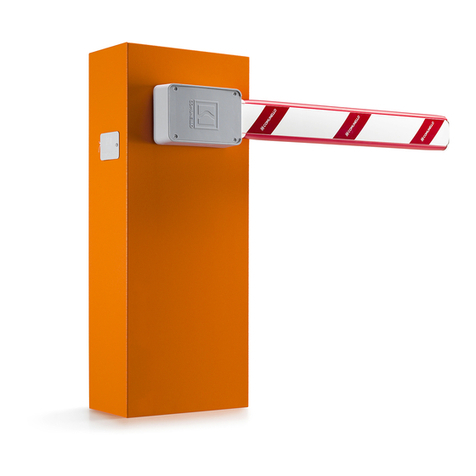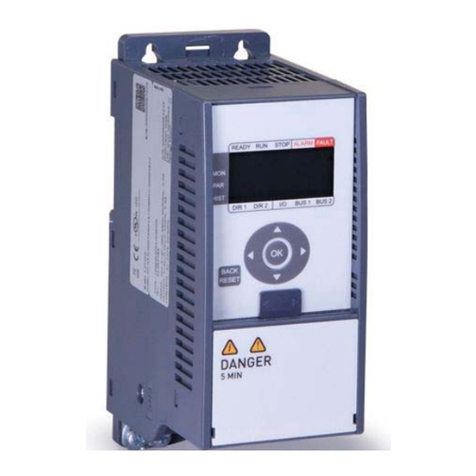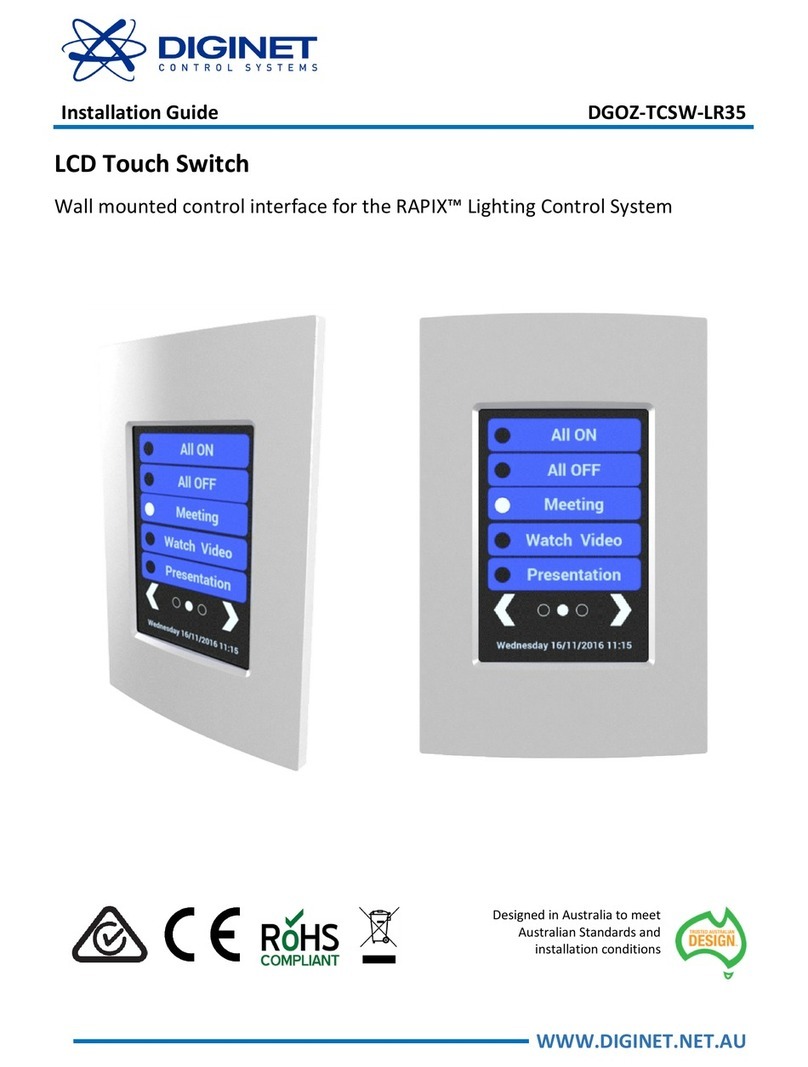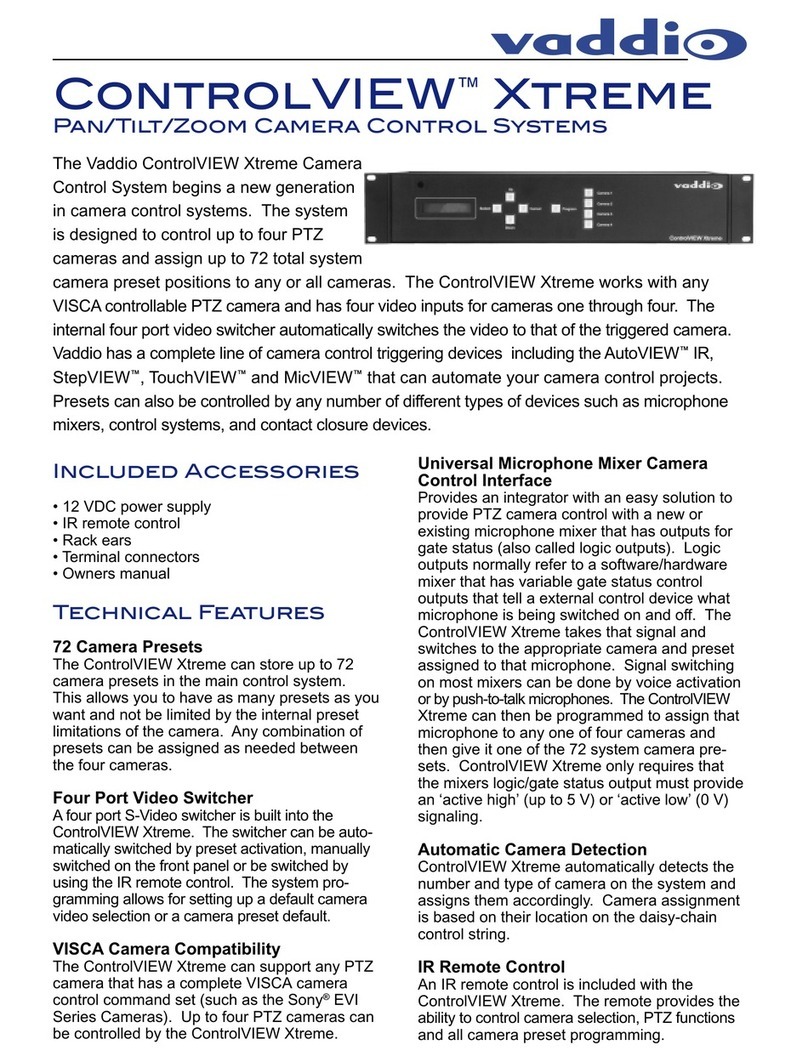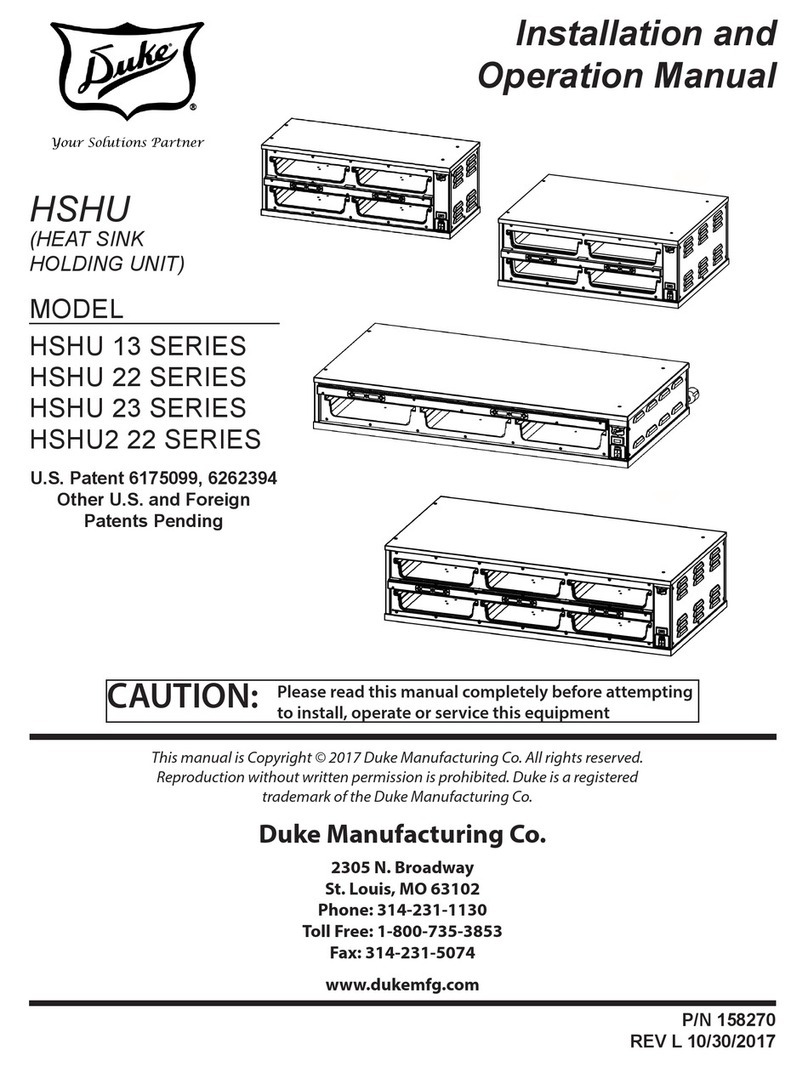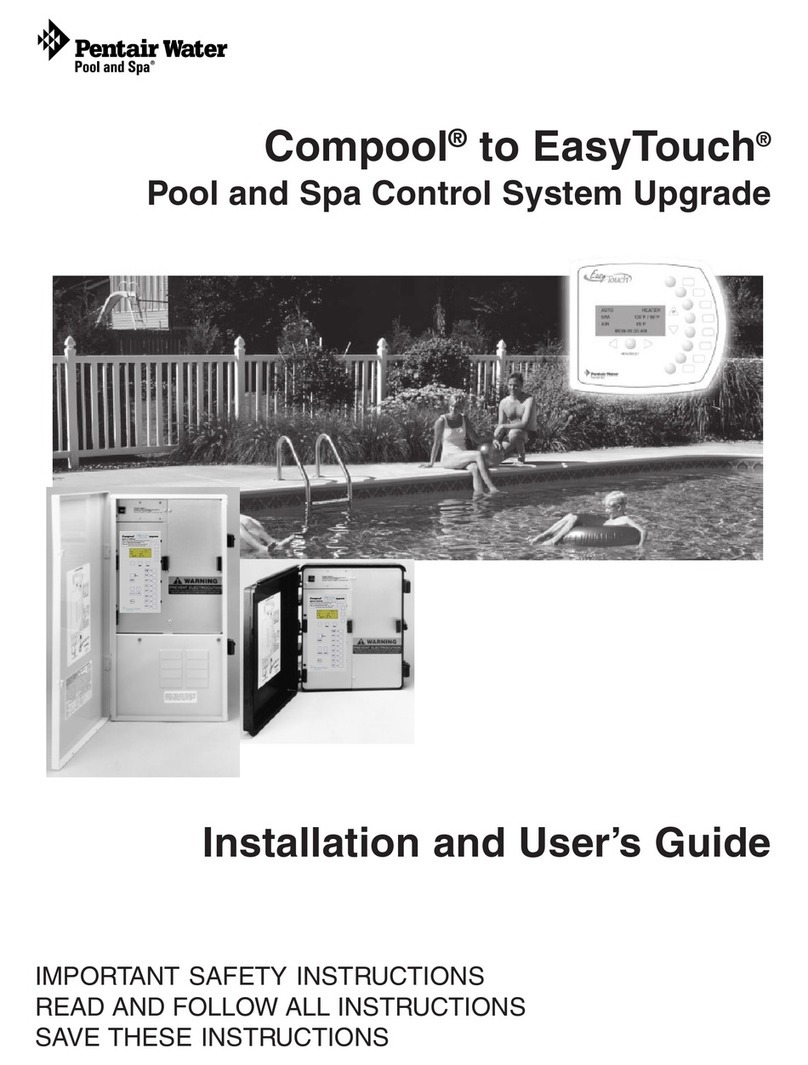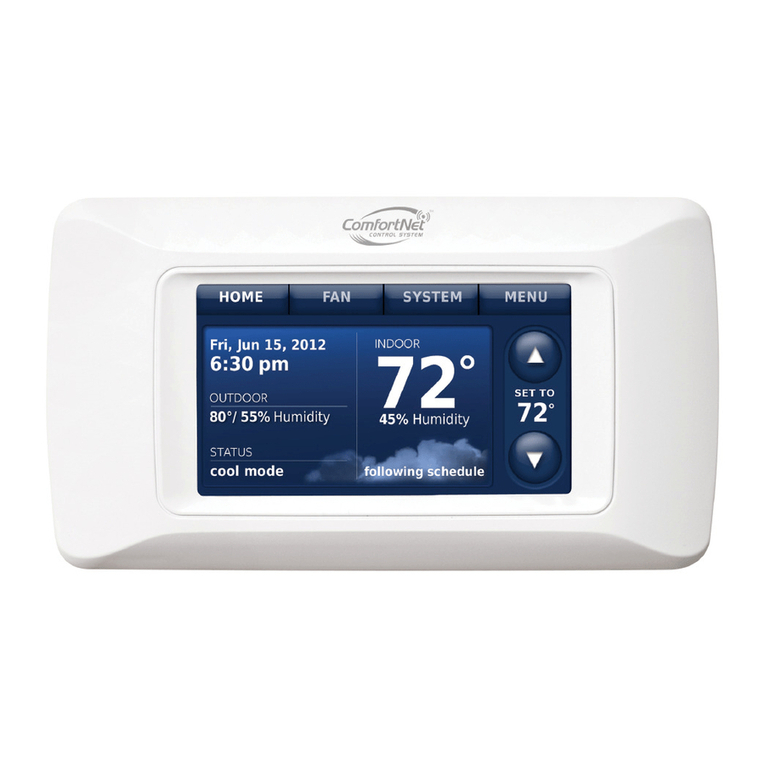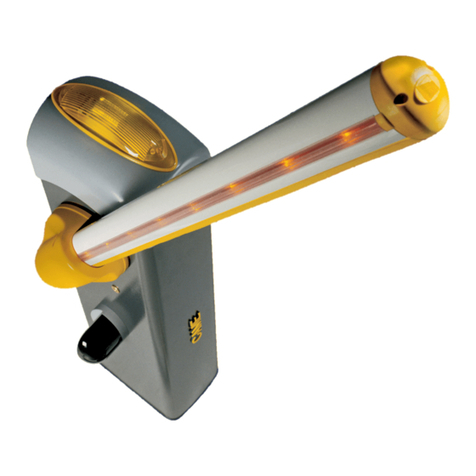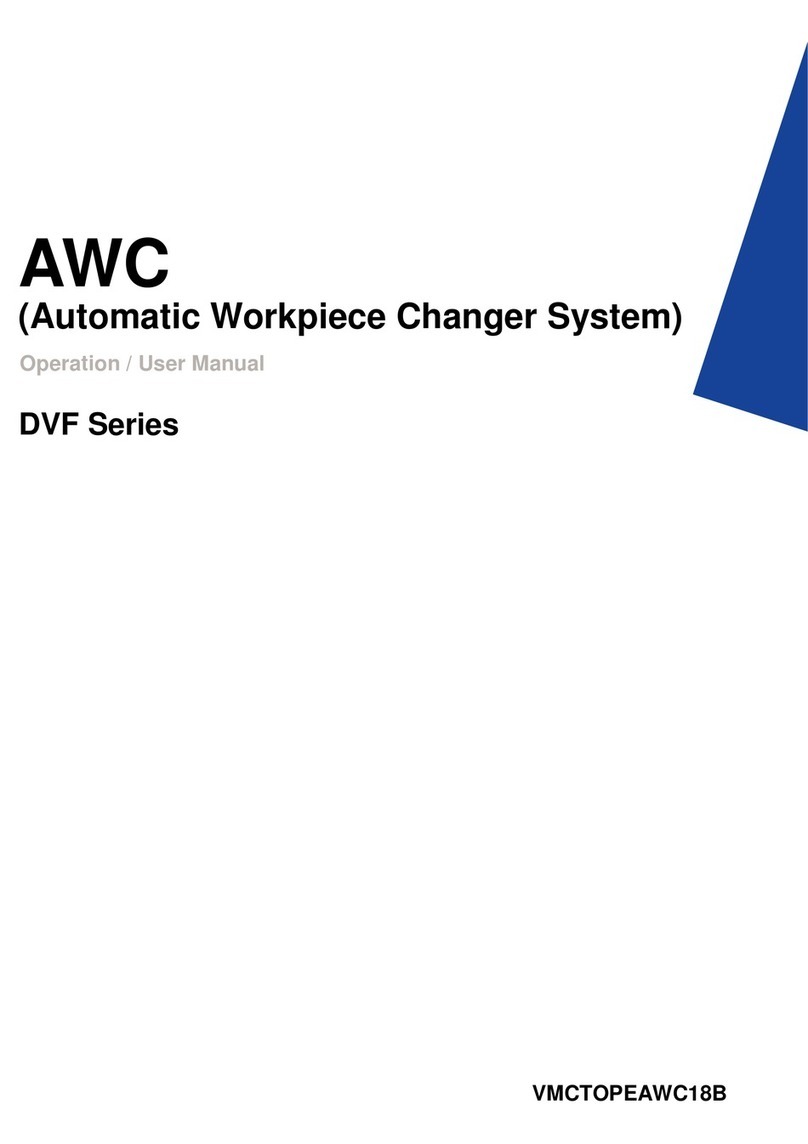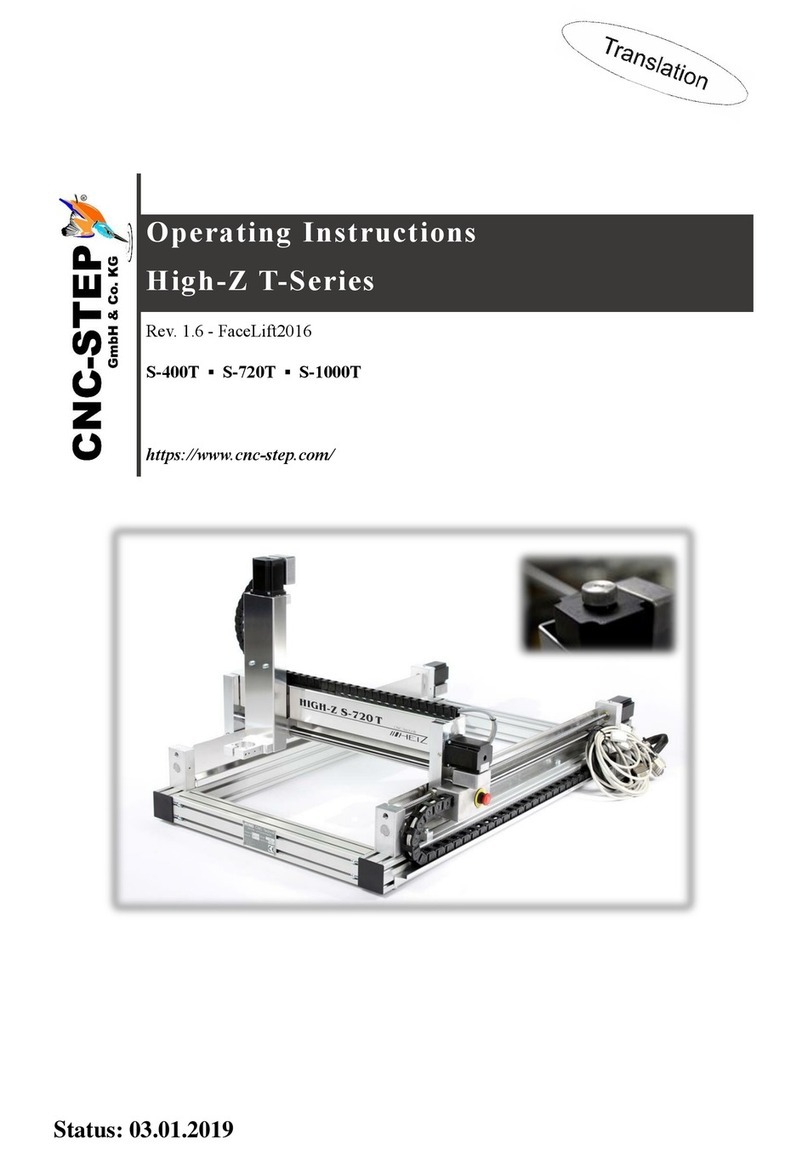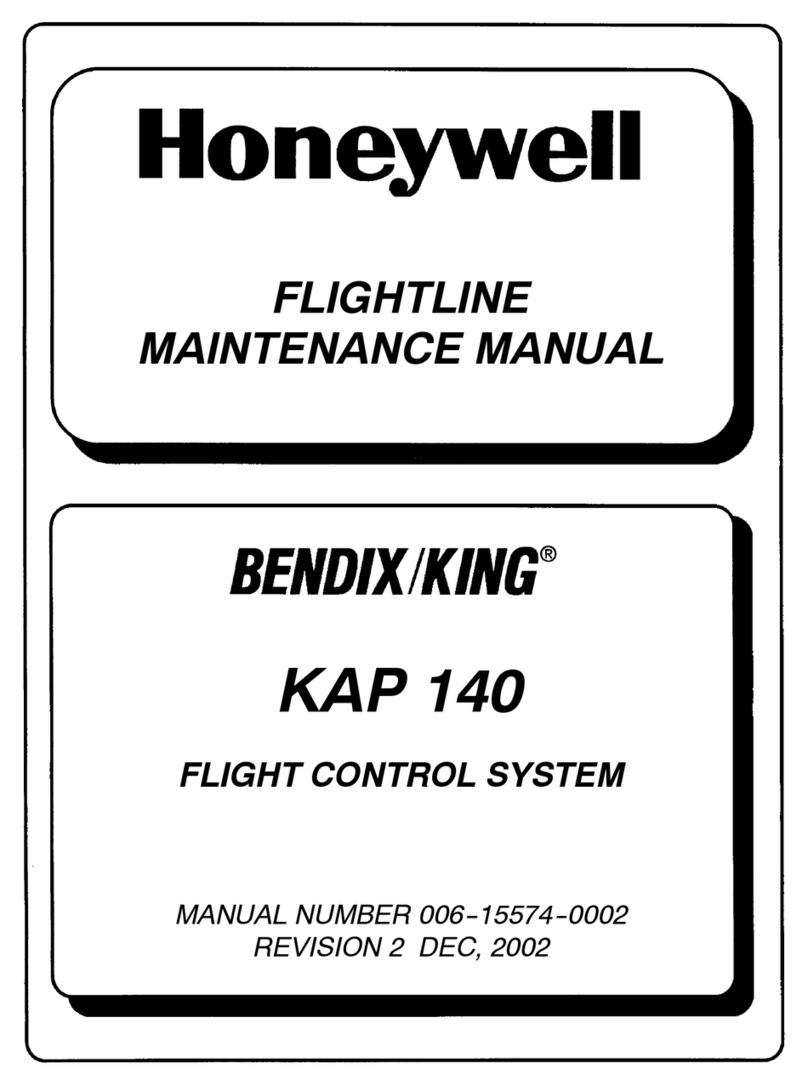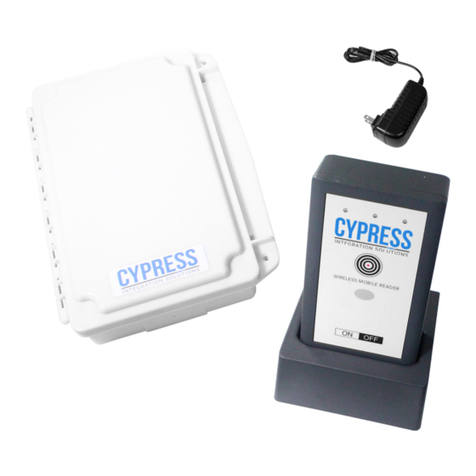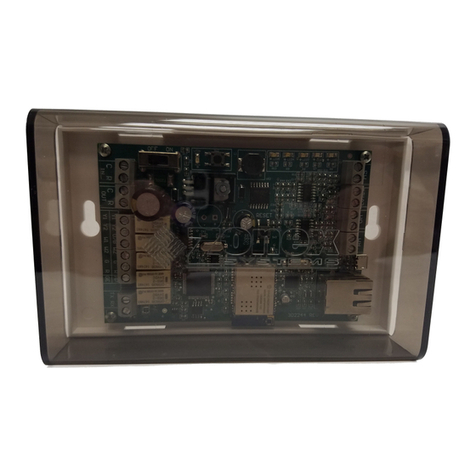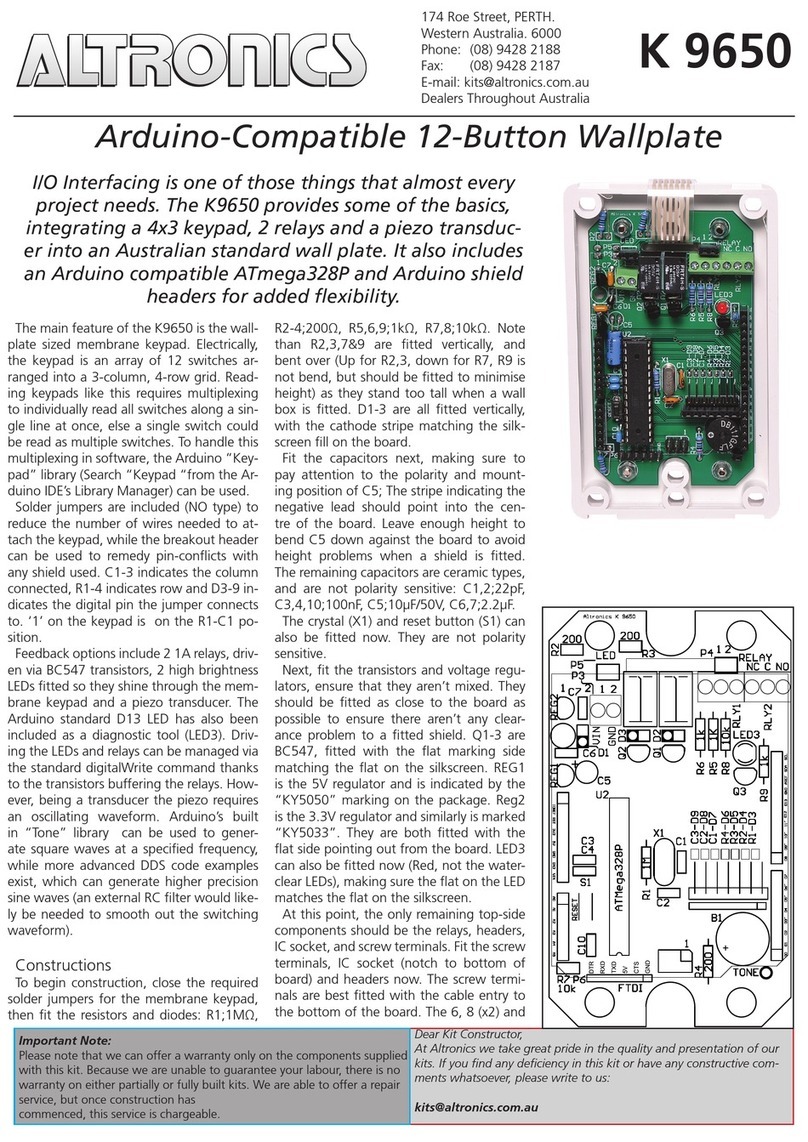
iv
LAMBDA SC OPERATION MANUAL – REV. 1.14C (20190606)
9. MANUAL CONTROL ....................................................................................................................23
10. REMOTE CONTROL...................................................................................................................25
10.1 Input Command Structure ..........................................................................................................25
10.2 Input Command Structure ..........................................................................................................25
10.3 Shutter Commands.......................................................................................................................29
10.3.1 Open Shutter ..........................................................................................................................29
10.3.2 Close Shutter ..........................................................................................................................29
10.3.3 Fast-Mode Shutter .................................................................................................................29
10.3.4 Soft-Mode Shutter..................................................................................................................29
10.3.5 Neutral Density Mode Shutter.............................................................................................30
10.4 Special Commands........................................................................................................................30
10.4.1 Status.......................................................................................................................................33
10.4.2 All Motors Power On .............................................................................................................36
10.4.3 All Motors Power Off.............................................................................................................36
10.4.4 Transfer to On Line...............................................................................................................37
10.4.5 Set Delay Timer......................................................................................................................37
10.4.6 Set Exposure Timer ...............................................................................................................37
10.4.7 More Information on Timers:...............................................................................................37
10.4.8 TTL IN Pulse Trigger Disabled............................................................................................38
10.4.9 TTL IN High Triggers SmartShutter to Open...................................................................38
10.4.10 TTL IN Low Triggers SmartShutter to Open..................................................................38
10.4.11 TTL IN Rising Edge Triggers SmartShutter to Toggle ..................................................38
10.4.12 TTL IN Falling Edge Triggers SmartShutter to Toggle .................................................39
10.4.13 TTL OUT Synch Signal Disabled ......................................................................................39
10.4.14 Opening Shutter Sets TTL OUT to High .........................................................................39
10.4.15 Opening Shutter Sets TTL OUT to Low...........................................................................39
10.4.16 Restore Controller to the Factory-Default Configuration...............................................39
10.4.17 Saves the Current Configuration to the Controller .........................................................39
10.4.18 Set Number of Repeat Cycles for Free Run......................................................................39
10.4.19 Start Free Run on Power Up..............................................................................................39
10.4.20 Start Free Run on Trigger Pulse from TTL IN................................................................39
10.4.21 Start Free Run Immediately...............................................................................................39
10.4.22 Reset (to Last Saved Configuration)..................................................................................39
10.4.23 Get Controller Type and Configuration ............................................................................40
10.5 Shutter Control without Remote Control Commands via the Dedicated TTL Line.............40
10.6
SmartShutter
Movement Errors: Causes and Solutions ........................................................41
10.6.1 Movement Errors after Successive Moves. .........................................................................41
10.7 Remote Control Command Programming.................................................................................41
10.7.1 Preparing the Command Byte..............................................................................................42
10.7.2 Command Transmission Protocol........................................................................................42
10.7.2.1 Confirmation Command Echo .......................................................................................42
10.7.2.2 Command Completion Indicator ...................................................................................42
11. REMOTE CONTROL: Serial Port..............................................................................................43
11.1 Connecting to the Serial Port......................................................................................................43
11.2 Input Command Set and Protocol ..............................................................................................44
12. REMOTE CONTROL: USB Port................................................................................................45
12.1 Installing the Lambda SC as a USB Device on a Windows System........................................45
